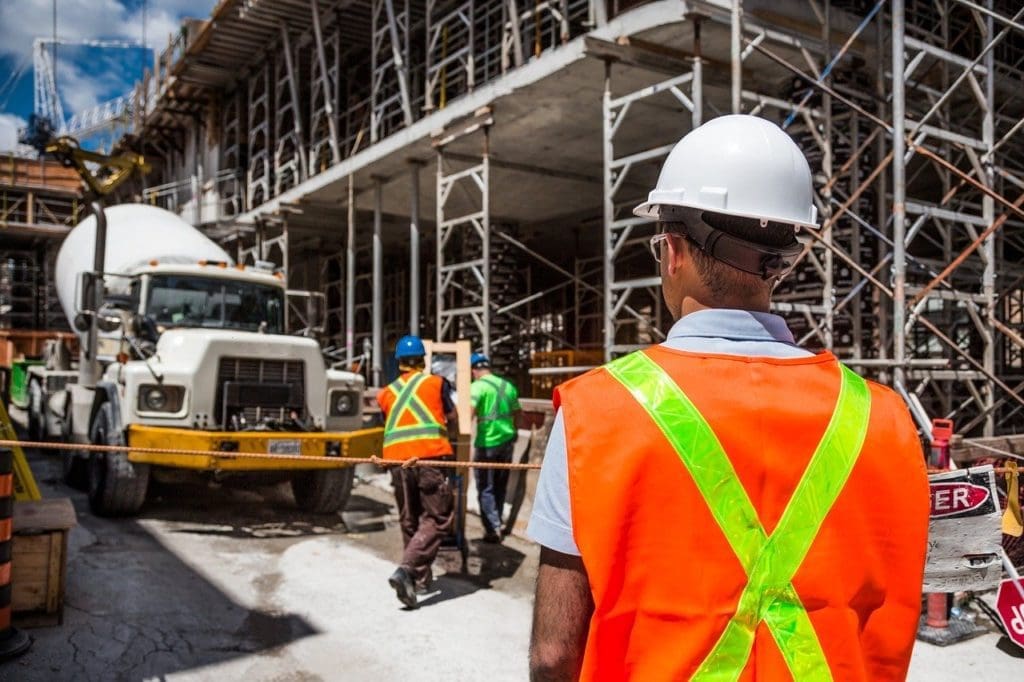The construction industry is undergoing a significant transformation, driven by the integration of innovative digital tools. Skills shortages, rising material costs and the ongoing push for greater sustainability are just some of the challenges facing this sector. However, digital innovation is emerging as a beacon of hope to help businesses weather the storm.

Here are four technologies that have left their mark on the construction industry and could boost the efficiency and profitability of your own business:
Building Information Modelling (BIM)
BIM software facilitates the creation of a virtual, 3D model of a building, including all its physical and functional characteristics. This digital simulates real-world environments and scenarios that can be used by engineers, builders and architects.
BIM allows for clash detection – identifying potential conflicts between different building elements – before construction commences and minimises costly errors and delays onsite. It can also be leveraged for generating accurate material take-offs, optimising scheduling and facilitating facility management long after construction is complete.
Artificial Intelligence
Artificial intelligence (AI) is rapidly transforming the construction industry by automating repetitive tasks and providing data-driven insights for improved decision-making. AI algorithms can analyse historical project data to predict potential delays, optimise resource allocation and even generate project schedules that adapt to changes.
Recent research indicates that 46 percent of construction professionals believe AI will be essential in job roles in the next five years. By leveraging AI, construction companies can streamline workflows and improve project predictability.
Digital Hand Tools
Digital hand tools are revolutionising the way construction workers interact with the physical environment. Innovative tools, such as laser measuring devices, smart hardhats with integrated sensors and digital spirit levels with enhanced accuracy can provide real-time data capture and analysis capabilities.
This equipment empowers workers to perform tasks with greater precision, reducing errors and rework. Data collected from these tools can be fed back into BIM models, ensuring continuous project updates and improved collaboration across teams.
Cloud Technology and Platforms
Cloud-based platforms provide a secure and accessible environment for storing project documents, BIM models and communication channels. This ensures immediate access to project data for all stakeholders, regardless of location. Cloud platforms also facilitate seamless collaboration, allowing teams to work on the same project simultaneously and update information in real-time. It also enables the adoption of mobile apps for construction management and streamlined communication.

